European and US Markets Remain Cautious Despite Positive Earnings; Focus on Jobs Report and Interest Rate Impact | Daily Market Analysis

Key events:
- USA - Average Hourly Earnings (MoM) (Jul)
- USA - Nonfarm Payrolls (Jul)
- USA - Unemployment Rate (Jul)
- Canada - Employment Change (Jul)
- Canada - Unemployment Rate (Jul)
Yesterday, European markets experienced another day of losses, with the DAX declining for the 4th consecutive day and the FTSE100 finishing lower for the 3rd straight session. However, both indices closed off their day's lows, indicating some potential resilience.
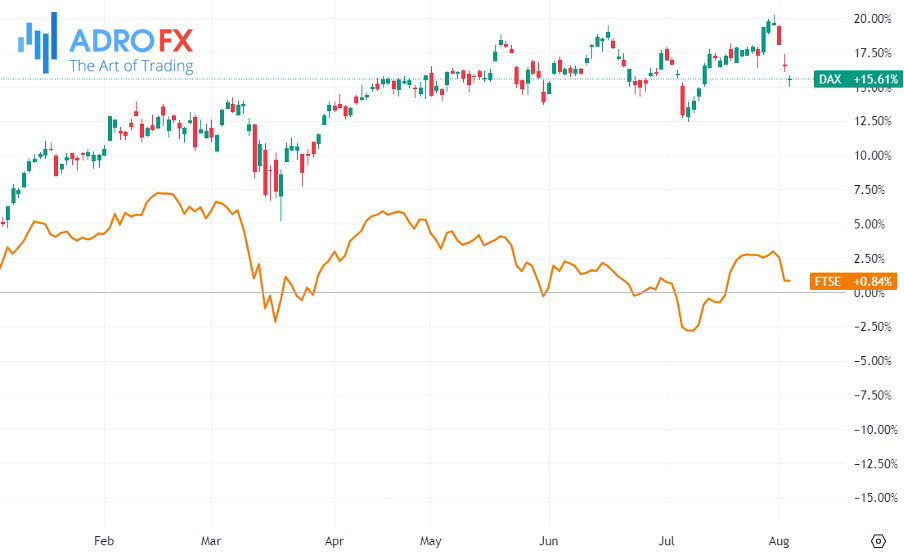
In the US, markets also fell for the 3rd day in a row, with the US dollar ending the day unchanged despite reaching a fresh 4-week high. The Dow closed lower on Thursday, as rising Treasury yields to multi-month highs weighed on investor sentiment ahead of the upcoming jobs report due on Friday.
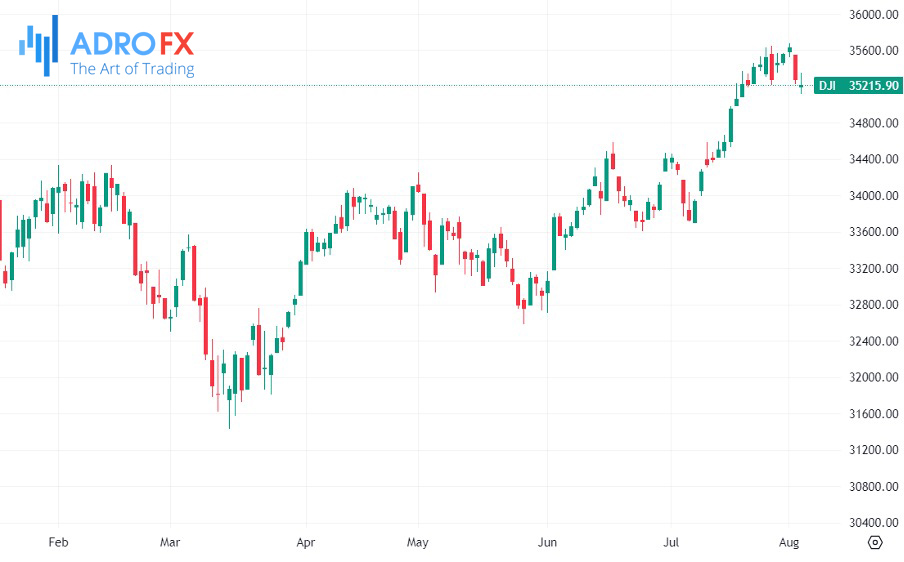
Despite positive earnings reports from Apple and Amazon after the market's close last night, there hasn't been a notable surge in market sentiment as we approach the weekend.
The recent Fitch downgrade of the US AAA rating to AA+ has been suggested as a possible contributor to this week's market weakness. However, the downgrade didn't reveal any new information, and the US economy seems to be in good shape overall, with the services sector remaining resilient despite concerns about the manufacturing sector. The July ISM survey showed another solid performance, with prices paid ticking higher and the employment component ticking lower, indicating that inflation concerns may persist, possibly keeping interest rates elevated for a longer duration.
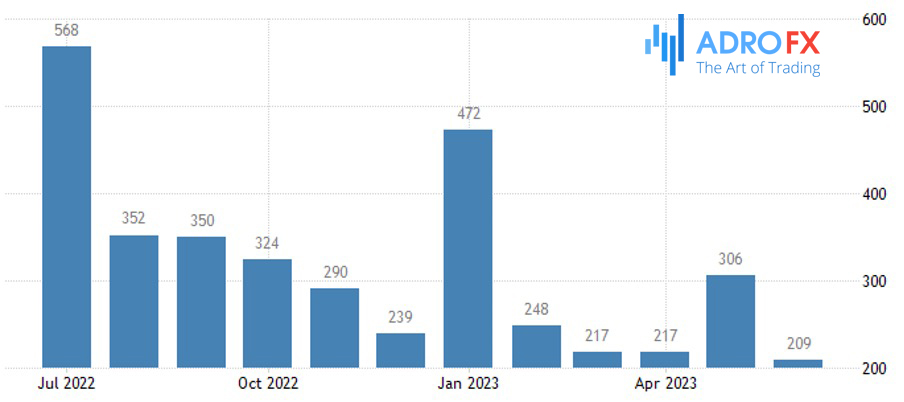
Today's focus is on the July jobs report, which comes on the heels of a 25 basis points rate hike from the Federal Reserve last week, potentially the last rate hike of the current cycle. The report is expected to showcase the continued strength and resilience of the US economy.
In today's jobs report, it is expected that around 200,000 jobs will be added to the US economy, and the unemployment rate is anticipated to remain steady at 3.6%. However, there might be a slight decrease in average hourly earnings, dropping from 4.4% to 4.2%.
Similarly, the Canada jobs report is also expected to reveal robust numbers following the addition of 59,000 jobs in June.
Yesterday, the pound experienced a day of volatility, hitting a one-month low before staging a strong rebound to finish the day unchanged.
The Bank of England's decision to raise interest rates by 25 basis points, bringing them to a new 15-year high, raised several questions. There are indications that rates might remain at their current levels for an extended period. Comments from Deputy Governor Ben Broadbent suggested that the UK's rate policy is already restrictive and that interest rates might be above the neutral rate now. If this proves to be the case, and the UK's economic growth remains weak, the likelihood of another rate hike would depend on the next two CPI inflation reports, the first due in just under two weeks.
The GBP/USD pair holds a positive note and snaps a four-day losing streak during the early Asian session on Friday.
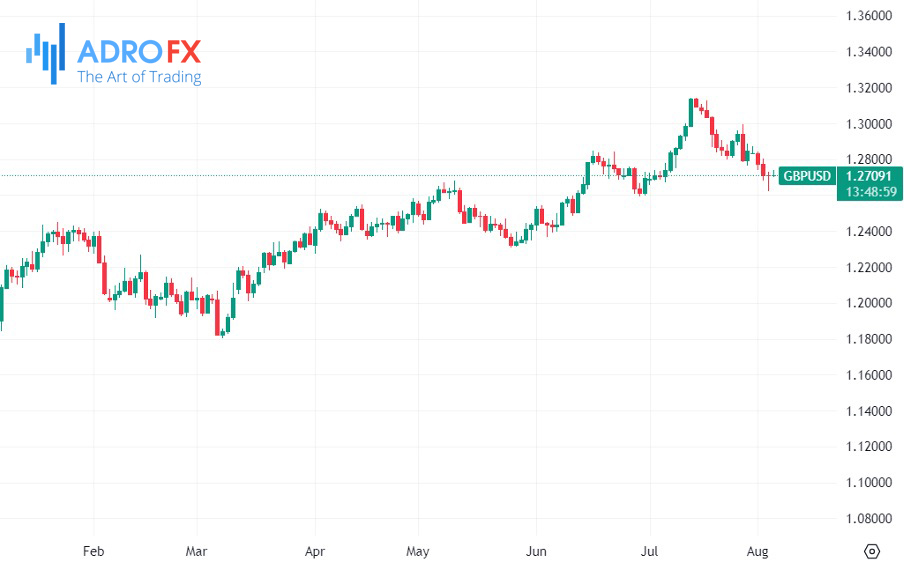
Today gold prices experienced a slight increase as traders adopted a cautious approach ahead of the release of essential labor data that is expected to influence US monetary policy decisions.
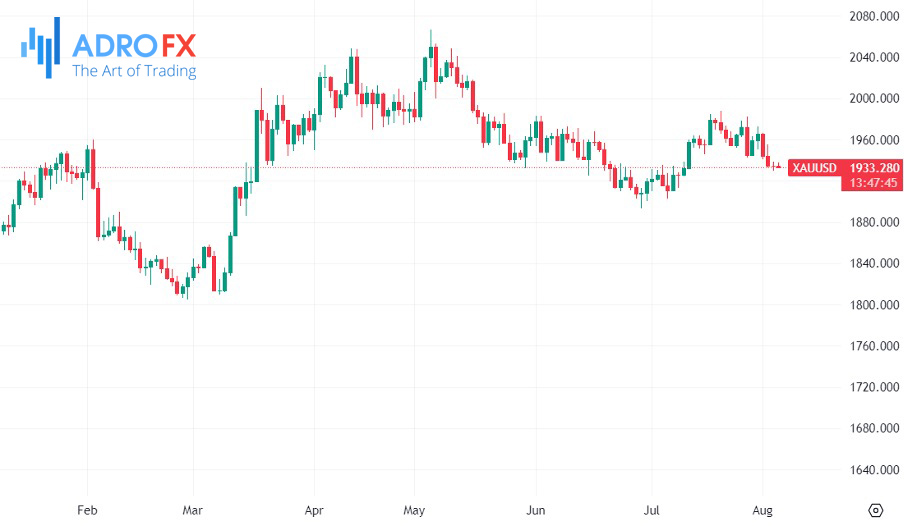
Earlier in the week, the price of gold declined significantly due to worries about a hawkish stance from the Federal Reserve, leading to a stronger dollar. The market's perception of the US economy displaying resilience has resulted in growing expectations that the Federal Reserve will continue to raise interest rates as it has sufficient room for further economic adjustments. These factors have influenced the movement of gold prices in recent times.









